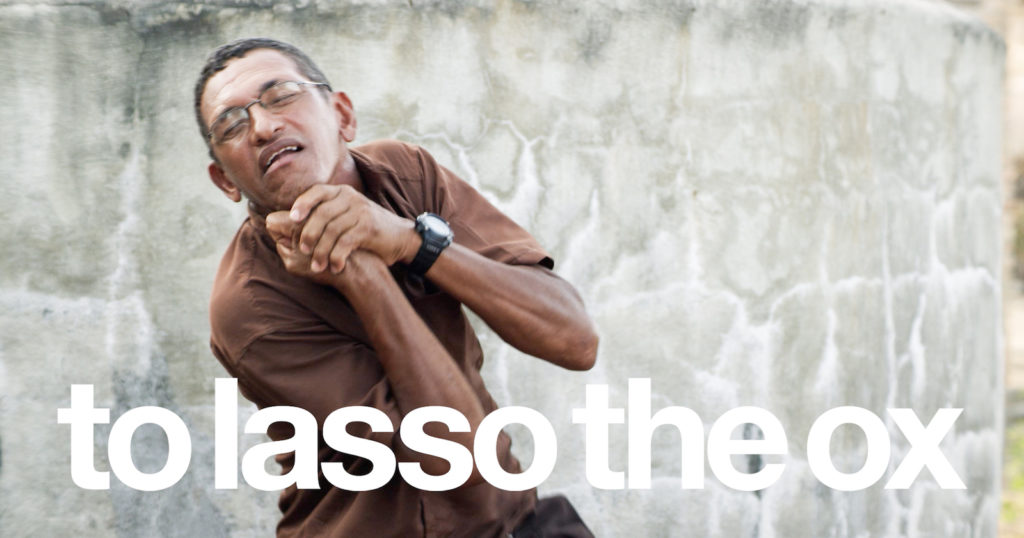In each of the first 12 episodes of “Barbara London Calling,” I spoke with artists working at the forefront of technology and creativity. But today, for the 13th and final episode of Season 1, I’m speaking with a curator who is helping to build a space and platform for those artists to continue their exploration.
Today I’m joined by Chrissie Iles, the Anne & Joel Ehrenkranz Curator at the Whitney Museum of American Art in New York. As a leading authority on contemporary art and the moving image, Chrissie has curated important exhibitions, including “Into the Light: The Projected Image in American Art, 1964-1977” and “Dreamlands: Immersive Cinema and Art, 1905-2016.”
Chrissie, I’ve been trying to remember when we first met—I believe it was while you were Head of Exhibitions at the Museum of Modern Art in Oxford, England. We’ve been wonderful colleagues and friends ever since. Thanks so much for joining me, and welcome to the season finale of “Barbara London Calling.”
Chrissie Iles: Barbara, thank you very much for having me on your podcast. It’s a real honor, and a real pleasure to be talking together.
[Continue reading for full transcript.]




